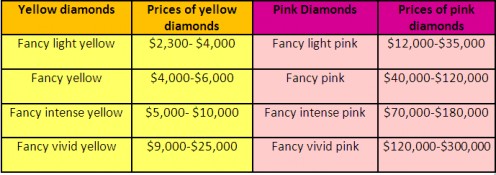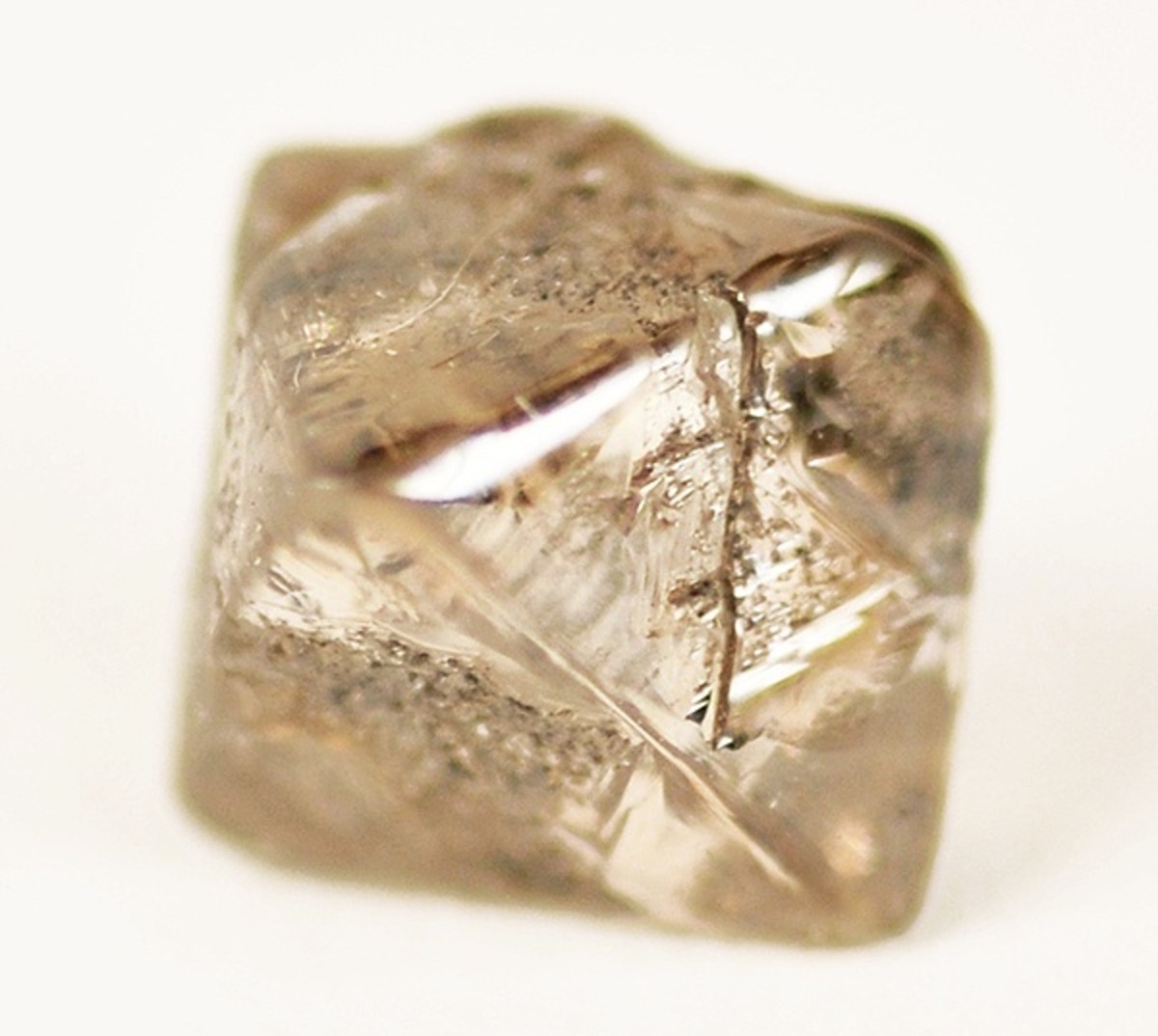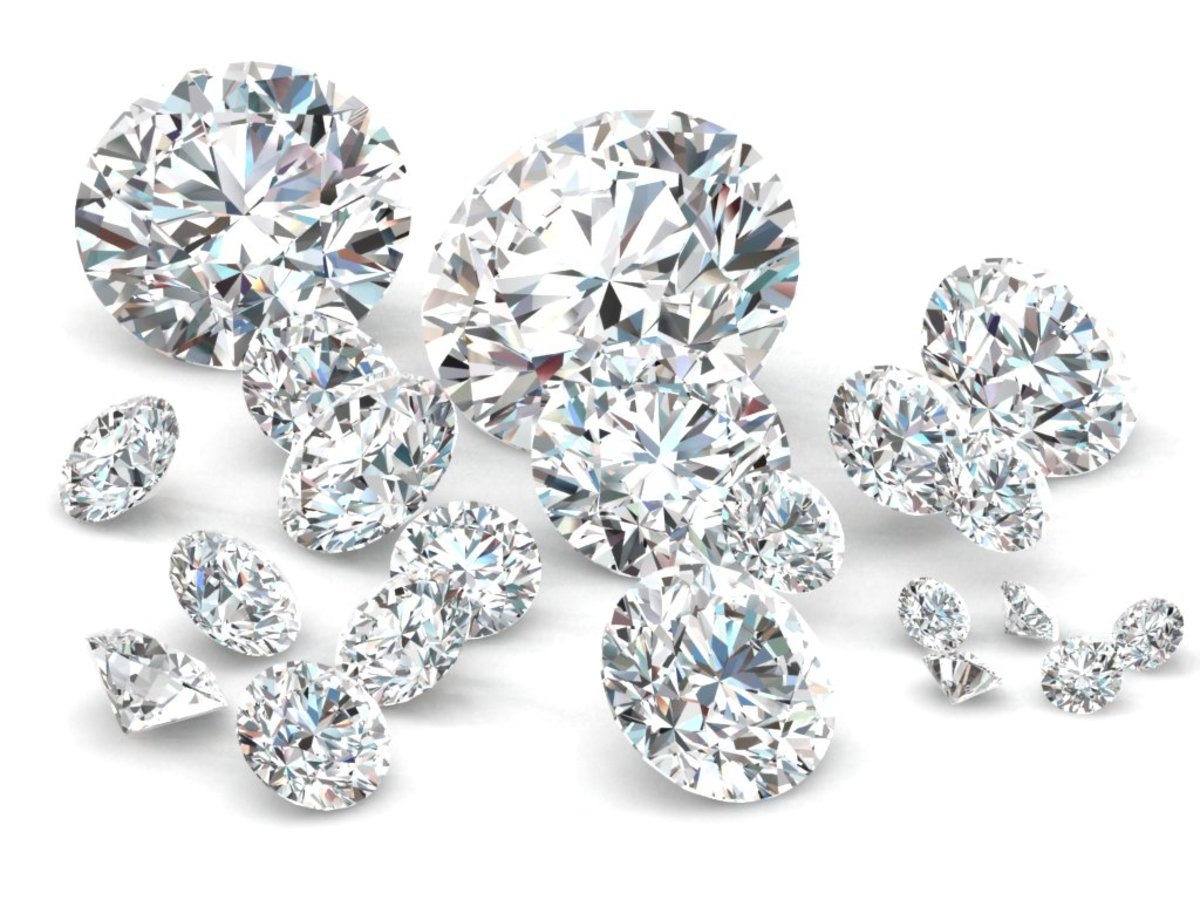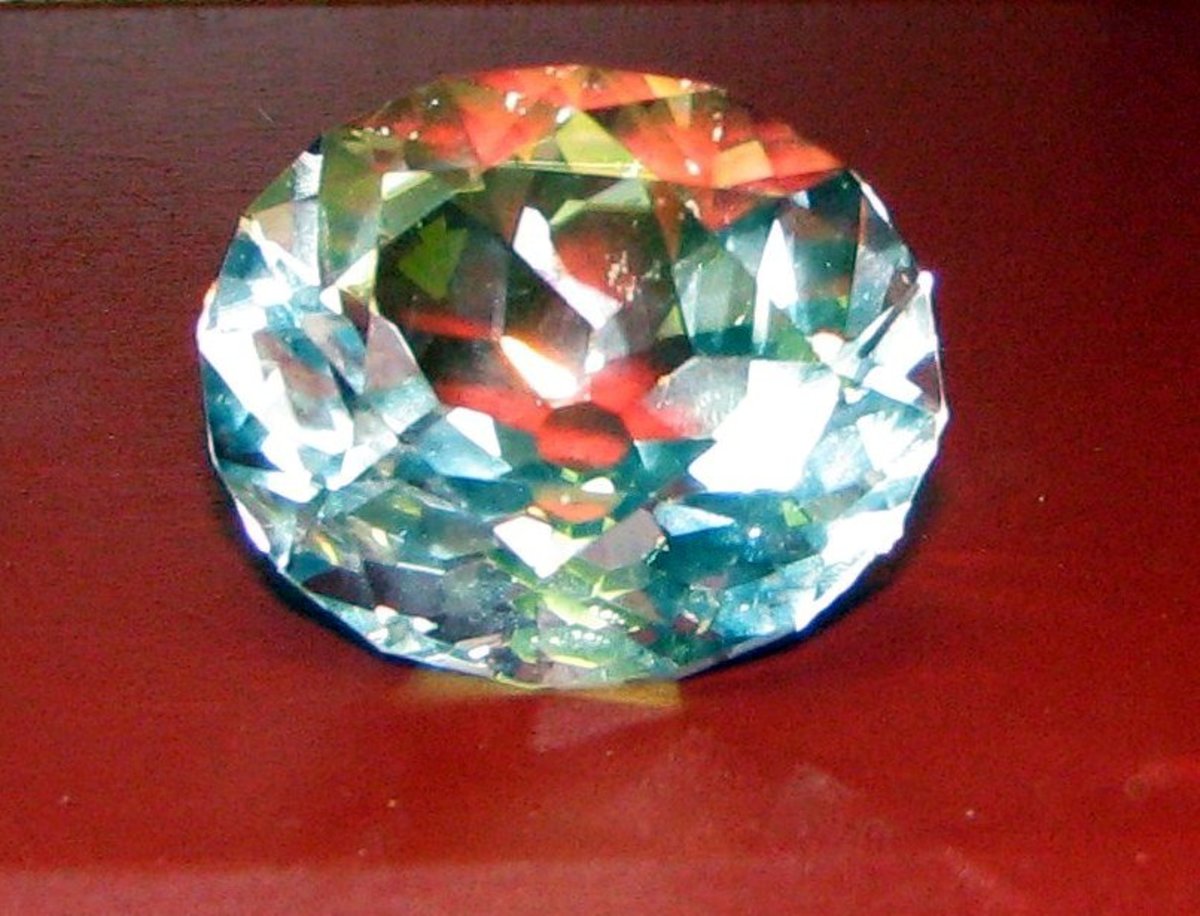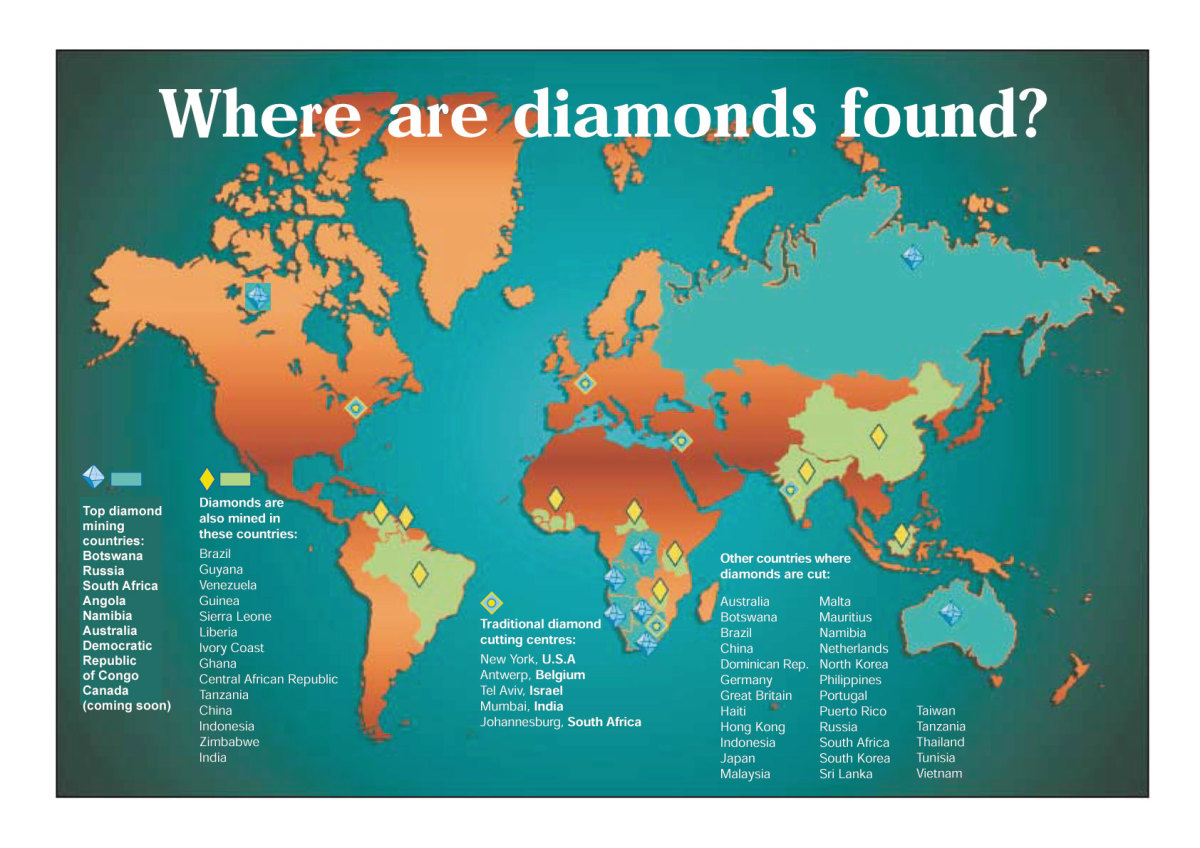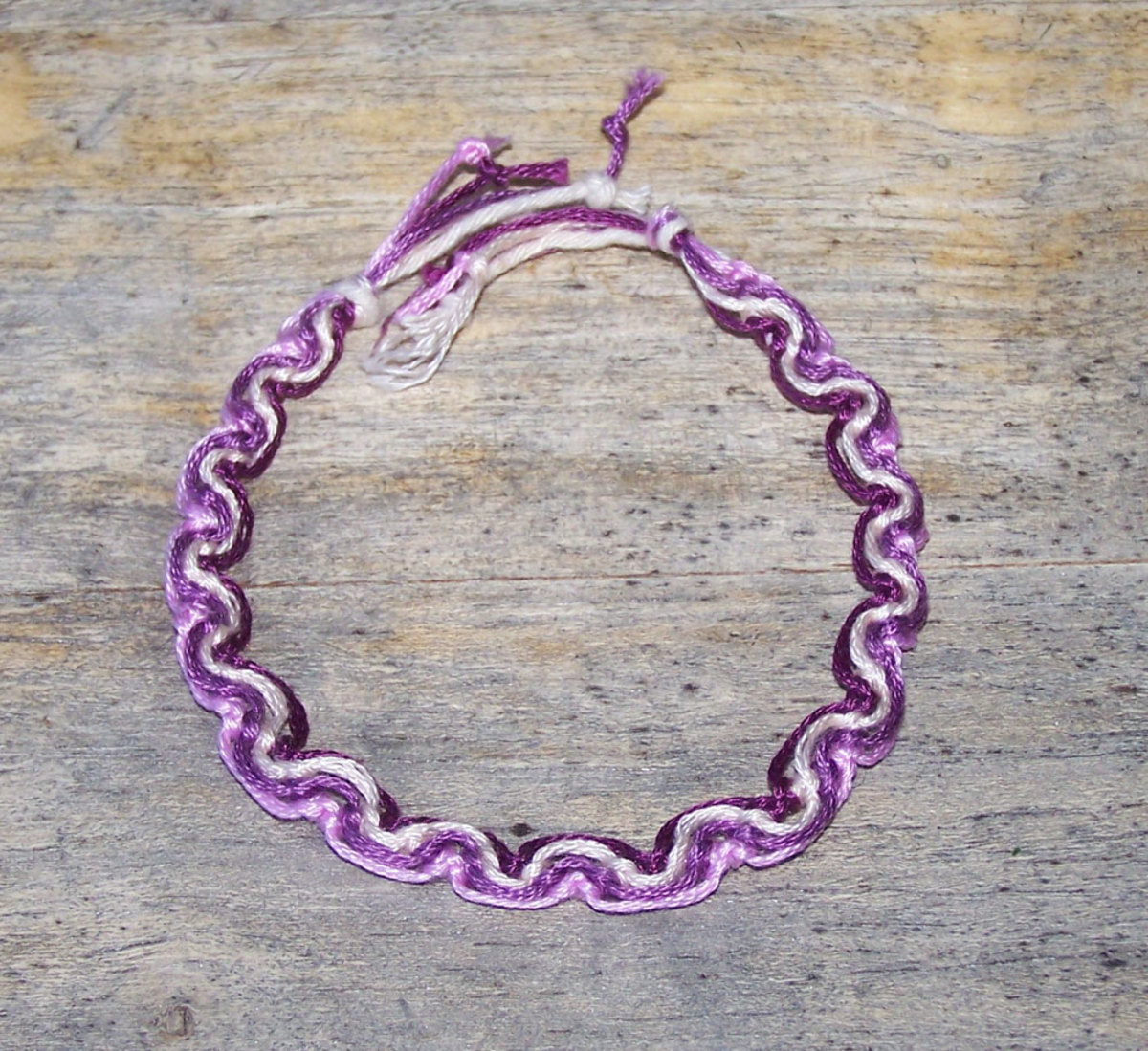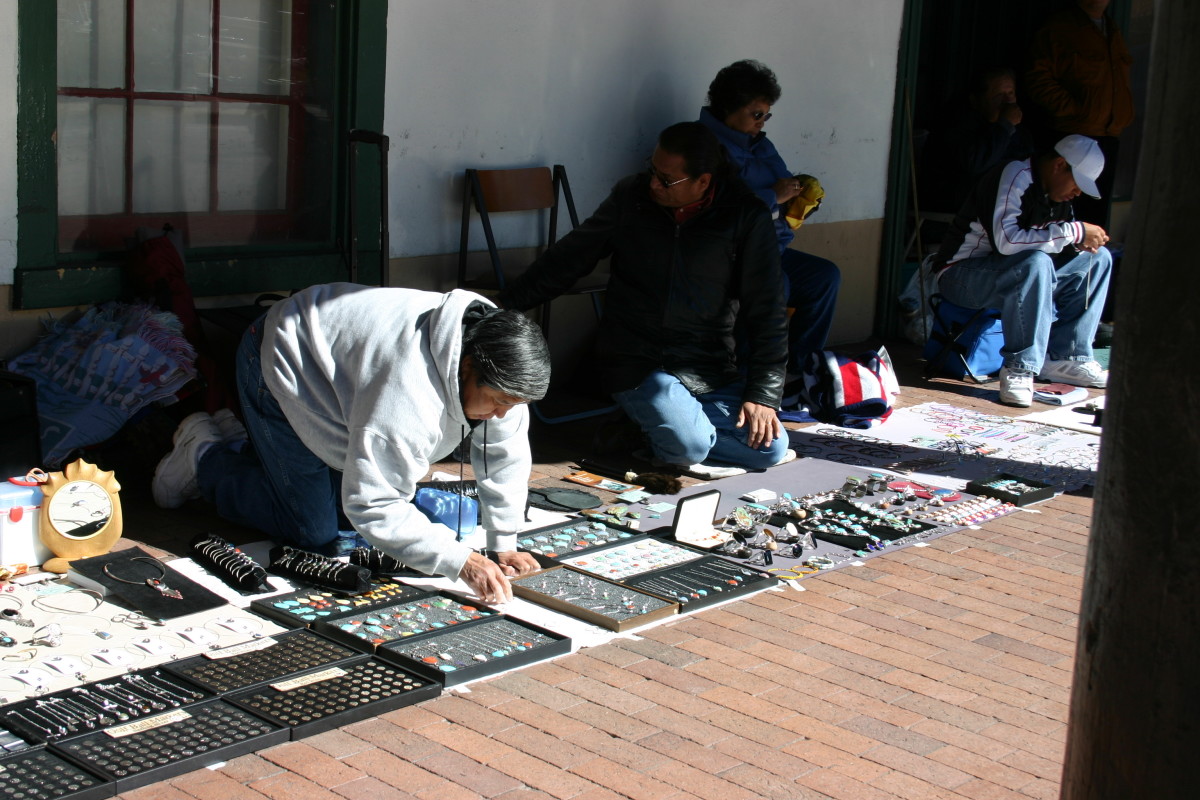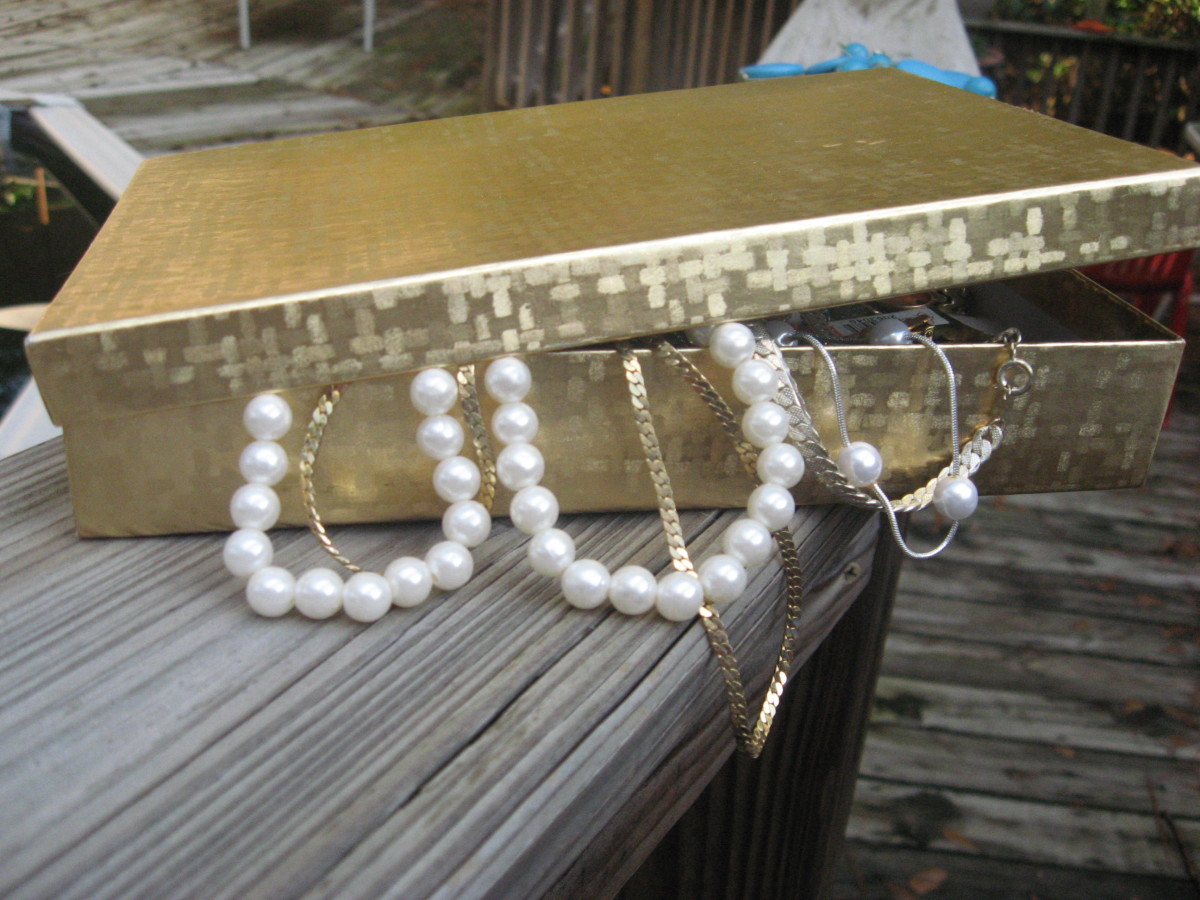Fancy Colored Diamonds- The facts
Fancy Colored Diamonds

What is special about fancy colored diamonds?
Unlike Synthetic colored diamonds that are created using processes that mimic natural forces, fancy diamonds get their color from entirely natural processes that occur while they are being formed deep beneath the earth’s surface. For every natural color diamond, there are 10,000 colorless diamonds that have made their way to the surface of the earth.
The ideal physical conditions for the formation of natural colored diamonds rarely occur; hence their recovery is very infrequent. The scarcity of these fancy colored diamonds induces very high demand, and places them in a category superior to most other diamonds.
How do fancy colored diamonds get their color?
- From exposure to radiation during the natural formation process of the diamond
- From trace elements present in the stone such as nitrogen and boron
- From inclusions- natural flaws or imperfections in the structure of some diamonds. Inclusions contribute to unique tones and interesting flashes of color in fancy diamonds.
Inclusions can be caused by:
- Crystals of foreign materials or crystals from another diamond that became embedded in the diamond during the natural formation process.
- Internal graining- irregular growth of the crystalline structure of the diamond. This causes internal distortions, waviness, or haze.
How are fancy colored diamonds graded?
Two factors influence the grade of fancy colored diamonds.
First Factor
The first factor considered is the stone's basic hue. Laboratories use a list of 27 color hues that span the full spectrum for colored gems and diamonds:- Red, Orangish-Red, Reddish-Orange, orange, Yellowish-Orange, Yellow-Orange, Orange-Yellow, Orangish-Yellow, Yellow, Greenish-Yellow, Green-Yellow, Yellow-Green, Yellowish-Green, Green, Bluish-Green, Blue-Green, Green-Blue, Greenish-Blue, Blue, Violetish-Blue, Bluish-Violet, Violet, Purple, Reddish-Purple, Red-Purple, Purple-Red, Purplish-Red.
For stones without the purest hues, modifying color combinations are used (e.g. Olive or Brown-Olive). Additionally, for diamonds the following colors are used: White, Black, Gray, Pink, Brown.
Graders use controlled viewing conditions and color comparators to determine the basic hue of colored diamonds.
Second Factor
The second factor is the intensity of the color of the diamonds. The Gemological Institute of America (GIA) developed a fancy colored diamond color scale to determine the strength or intensity of the diamond’s color. The GIA uses nine categories to grade fancy colored diamonds.
- Faint
- Very Light
- Light
- Fancy Light
- Fancy
- Fancy Dark
- Fancy Intense
- Fancy Deep
- Fancy Vivid

Are larger colored diamonds rarer than smaller colored diamonds?
Size plays a huge role in the rarity of a natural colored diamond. A colored diamond that is 2.0 carats is worth much more than twice the price of a 1.0 carat diamond of the same cut, color and intensity. Larger diamonds are very valuable and rare because great care and sensitivity are required during mining to ensure that they are not damaged.
What shapes of fancy diamonds are most popular?
Fancy colored diamonds are cut into shapes that amplify their color and beauty. Some of these shapes include pear shapes, oval shapes, cushion shapes and radiant shapes.

How important is the clarity of a colored diamond?
Compared to colorless stones, clarity is less of a factor in determining the value of a colored diamond. The color and the intensity of color are the most important factors in determining the value of a natural colored diamond.
Which countries produce fancy diamonds?
Today, Africa is the main supplier of fancy color diamonds. Other major producers include India, Australia, Brazil, Venezuela, Russia and Canada.
Which colors of fancy diamonds are most affordable?
Yellow and brown are the most common fancy colors; therefore, they are the most affordable. Red, green, purple, and orange are the rarest colors, followed by pink and blue.
The following table compares the prices of fancy yellow and fancy pink diamonds per carat.
Facts on fancy red diamonds, fancy pink diamonds and fancy green diamonds can be found at hubpages.
